Procedural Aesthetics #01
Procedural Aesthetics #01
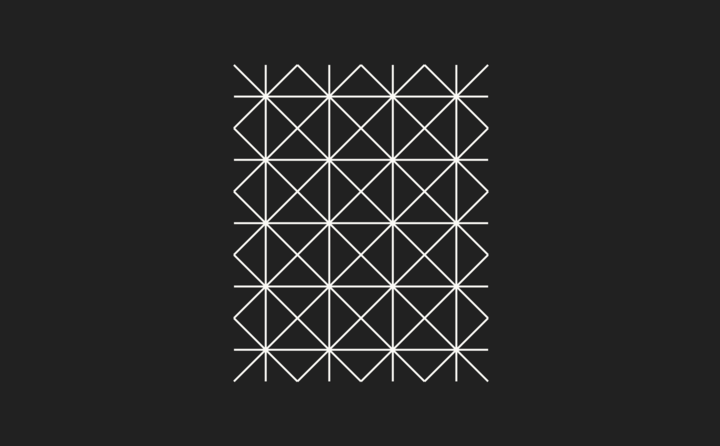
Fitzroy & Finn rebranded Evolver, a digital strategy agency, and their founder Ian Crocombe asked Paul if he would write an article on the Evolver blog about the design process and here is what he wrote:
I am very interested in systems that create outcomes; from the writing techniques employed by Georges Perec and Oulipo to create literature, to the chance operations of John Cage to generate music or visual art, or the poetic procedures explored by Kenneth Goldsmith. Sol LeWitt’s Paragraphs on Conceptual Art, 1967 discusses how Conceptual art deployed these tactics:
“When an artist uses a conceptual form of art, it means that all the planning and decisions are made beforehand and the execution is a perfunctory affair. The idea becomes the machine that makes the art.”
Substitute ‘artist’ and ’art’ to ‘designer’ and ‘design’ and that statement becomes the framework in which I situated the Evolver project. My premise was to respond to the Evolver brief by framing the word as the prompt; to evolve means to ‘make more complex, develop.’
Evolution suggests a durational, time based activity, so I felt that by establishing or defining a structure and changing the inputs I could create an exponential amount of outputs over a period of time. An addition durational parameter was required — namely a suitable soundtrack, the hypnotic sonic synthesised modulations of Keith Fullerton Whitman’s Generator 1 was played on repeat in the studio to the annoyance of the studio!
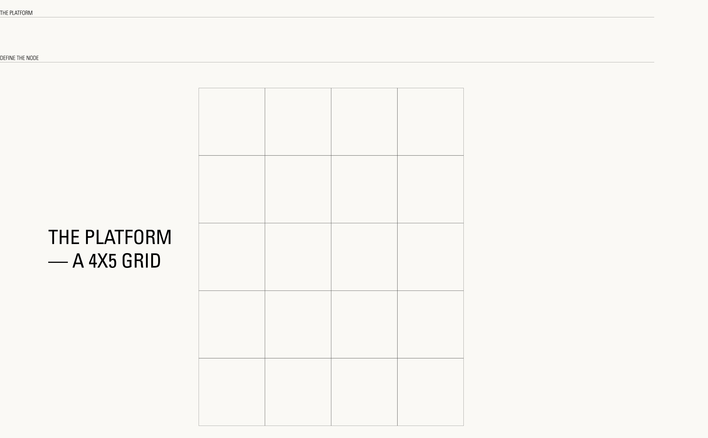
A simple 4x5 pixel grid became the grid structure that would enable the generation of the letterforms to render the Evolver logotype. Changing the input — the pattern; cross hatch / diagonal rule / grid, and the the variable — the stroke width, generates multiple variations of the base letterform.
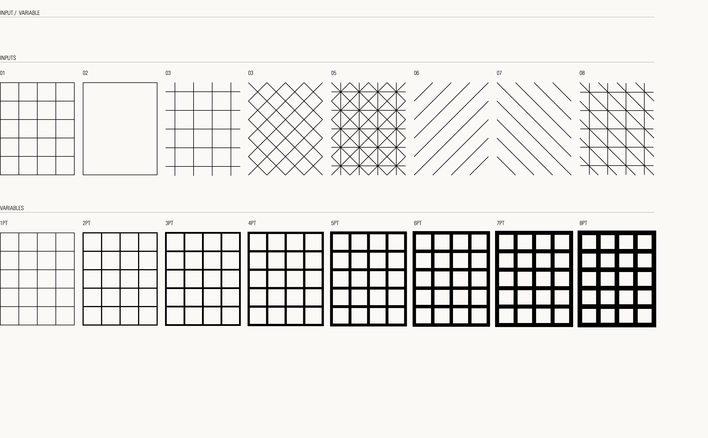
This resulted in a great deal of potential letterforms, one initial proposition was that every time the logotype appears it would be a different variant of the core or archetype letterform. Although that becomes a logistical issue and diverged from the need for a consistent expression of the logotype, that is easy to use and deploy.
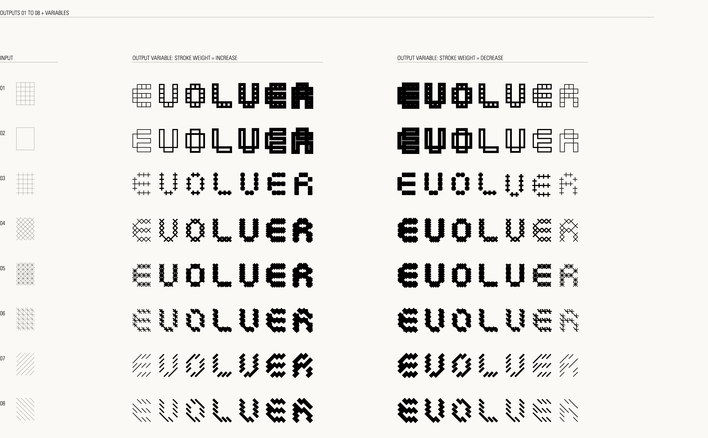
I then stumbled on an fascinating diagram illustrating Set Theory which illustrates all of the various logic based relationships of a Venn Diagram:
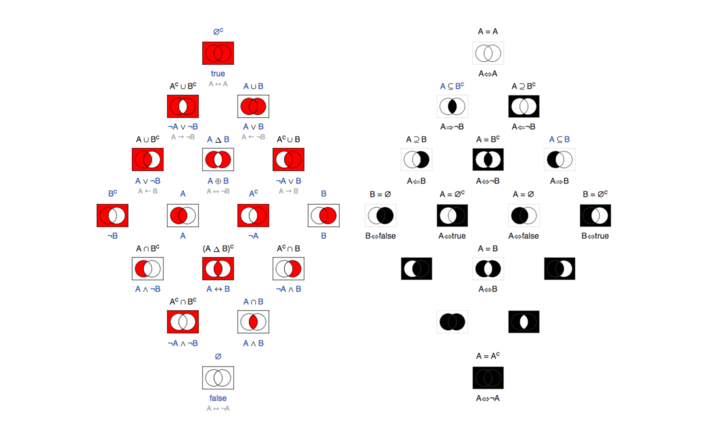
it prompted me to explore the use of a triangle as the variable input, but rotated to each corner within a cube; therefore generating four alternative letterforms. It became interesting when these were overlaid, resulting in isometric three dimensional depth.
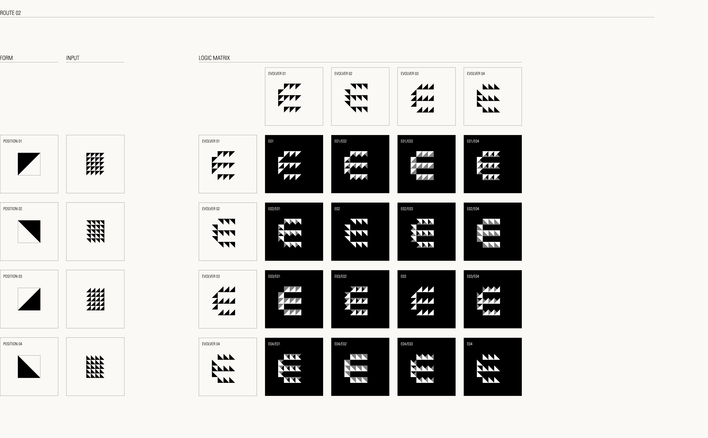
Using the fantastic Fontstruct I drew four Evolver bespoke typefaces based upon the four triangle based grids; which when overlaid in different combinations form a variety of intriguing outcomes.
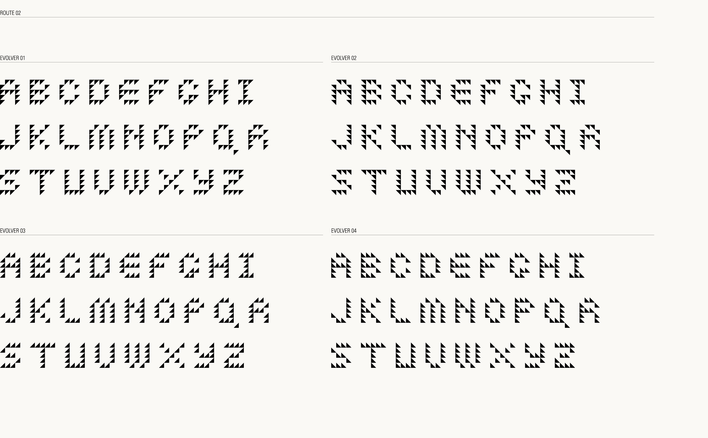
Here is an example of Evolver 02 in front with Evolver 03 behind:
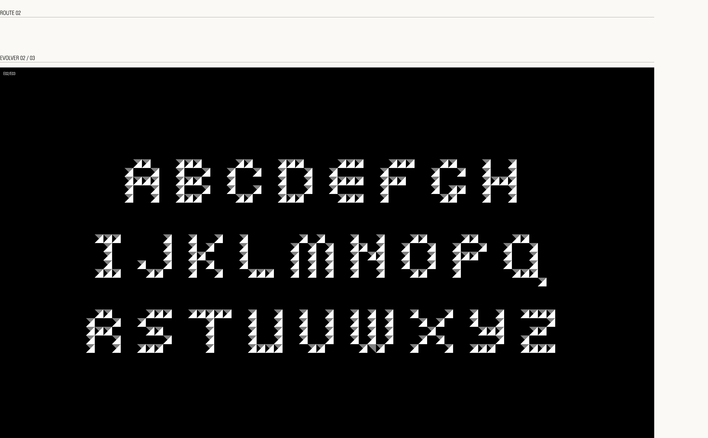
The process yielded lots of permutations and combinations, however in all projects the time comes to reduce, simplify and consolidate the proposition into a systematic framework, that can be applied to all expressions of the brand; website, documents, presentations, email comms, business cards, etc.
Through discussion with Ian and Magnus, we felt that using the Evolver type in instances other that the logotype diluted the visual potency, and created hierarchy issues. I have always be fond of the DIN 451 typeface, especially DIN Light, it is a suitable and robust typeface that balances with the Evolver logotype.
The Evolver logotype developed further, to become a composite of Evolver Type 02, 03 & 05, with 05 offset within the base grid to create additional shadow and depth.
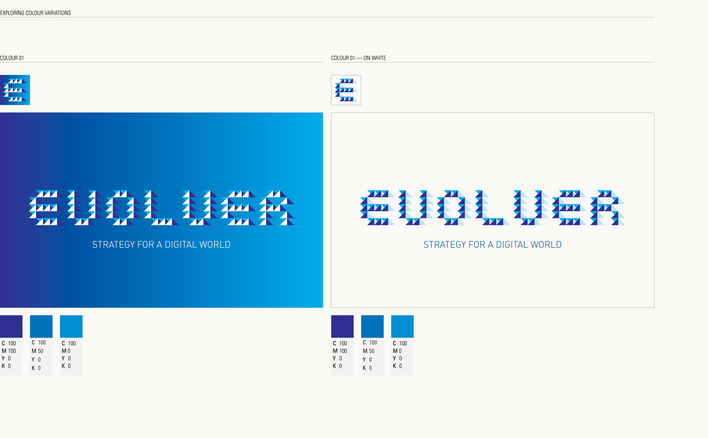
The colour pallet is based on the use of a gradient, again aligning to a notion of evolving, and there are 3 colour ways for the appearance of the logotype, which can be used for different clients / services, etc.
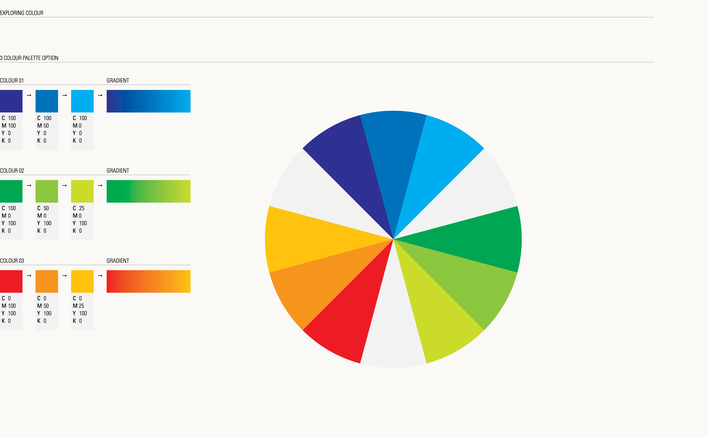
I very much enjoyed working on the project, Ian and Magnus were extremely supportive and involved in process, and I think even enjoyed the presentation when I subjected them to listening to the whole of Keith Fullerton Whitman’s Generator EP!
Frameworks, systems, processes, parameters, constraints, approaches, strategies, operations… often yield interesting outcomes, it repositions the design process into a realm that one may not normal investigate.
"The idea becomes the machine that makes the art.” Sol LeWitt, 1967.